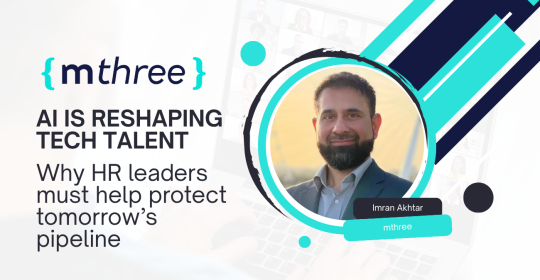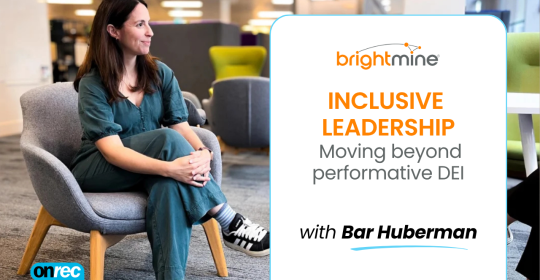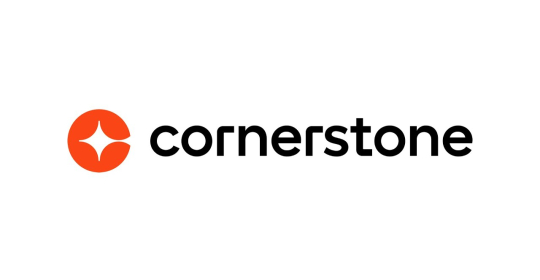There’s a quote from diversity and inclusion expert, Verna Myers, which, for me, perfectly sums up how today’s businesses should approach recruiting and retaining a diverse mix of talent. She says: “Diversity is being invited to the party; inclusion is being asked to dance”. In other words, attracting an eclectic range of candidates is vital…but only half the story. We must also ensure they have the conditions to thrive once they’re through the door.
This isn’t revolutionary, of course. Throughout nearly 25 years of working in recruitment, including the last 11 at Philips, the mission of my job has stayed broadly the same: find the best possible talent and compel them to come work with us.
What has changed is the labour market. Now, more than at any other time in my career, we’re seeing a deficit of workers, particularly in the Western hemisphere. There are two major reasons for this: one, the baby boomer generation of workers is retiring; and two, the rapid advances made in technology are creating new jobs more quickly than the labour market can learn them. As an example, roles in cloud computing and app development didn’t exist ten, even five, years ago.
With the shrinking of the workforce, employers are faced with a buyer’s market. The applicant is in charge because they have all the options, which means businesses of all shapes, sizes and sectors need to up their game. Rather than focus on what we want, we must instead build our recruitment strategy around what candidates and employees care about. We have to become magnets for talent. We need to be a destination!
This is especially true for diverse talent, the top tier of whom can afford to be far pickier about where they work. That means they look more deeply at corporate values, social impact and environmental responsibility as well as traditional factors like career opportunities and salary.
So why the focus on diversity? There’s a plethora of research proving the positive impact of this on a business’ ability to build relationships with customers, foster creativity and, ultimately, increase productivity and profitability. Reports like McKinsey’s Why Diversity Matters, which claims businesses with a healthy gender balance are 15 percent more likely to outperform competitors, while those with a good mix of ethnic backgrounds are 35 percent more likely. At Philips, however, the desire for a thriving diverse workforce goes beyond the bottom line. We seek to build a diverse workforce because it’s the right thing to do. Everyone has value.
But the big question, of course, is how?, especially for those of us working in HR. Or, to return to our Verna Myers quote, to figure out how we get our party invitations in front of the right people.
Like any international business, at Philips, we’re trying to build a truly global workforce – this is one of the reasons behind the creation of our new podcast series, The Spark, which aims to celebrate the incredible range of backgrounds and experiences among our own people. We want employees who take different risks, generate original ideas and thrive in a variety of disciplines and geographies. And while the recent focus on gender-related topics like the pay gap and treatment of women in the workplace is an important part of this, diversity is an issue that stretches way beyond gender equality. It’s about cultures, ethnicities, lifestyles, ages, beliefs; all the myriad personal things that define us as individuals in a globalised world.
Key to doing so is our ability to counter that human instinct to hire ‘people like us’. Candidates who ‘fit the template’. Personally, I make it my mission to rip up the template at every opportunity and do the very opposite.
Our mission to recruit a diverse workforce hinges on pulling three levers. First, analysing labour market populations to identify where and when we have the best chance of recruiting a diverse mix of people. Second, increasing the in-flow of candidates, getting more people through the door so we have a wider pool of talent to choose from. And lastly, working closely with colleagues around the business to eliminate unconscious bias in the recruitment process.
Here, technology has a role to play too. Already, we’re using AI (artificial intelligence) to help us achieve gender-neutral outreach, right from objectively assessing the style of language used in our job ads to removing any bias from how we sift CVs. After that, it’s up to us humans again to foster a culture of respect that lets every employee showcase their skills and fulfil their potential, regardless of age, race, background or anything else.
I guess to sum up, there can be little doubt that a diverse workforce helps businesses perform better. Establishing one starts with finding the right people, whether that’s by casting the net wider in talent acquisition or eliminating unconscious bias in recruitment. Then, once you have those people, it’s about doing everything possible to keep hold of them.
Smart companies are the ones that have a head start on this already. The ones recognising an identikit workforce is no longer a successful one and taking concrete steps to recruit and retain a diverse mix of employees. As Verna would say, it’s time for all of us to get our party invitations out there. Then get ready to dance.






